Indeed, red light therapy (RLT) is transforming sports performance, and volleyball players are taking notice. This specific wavelength application of light in recovering and promoting cellular health has benefited athletes involved in intense, demanding-high-contact sports such as volleyball, where success is hinged on strength, stamina, and agility.

Understanding Volleyball Performance Demands
Physical Requirements for Elite Play
Volleyball requires a fine juggling act of strength, power, speed, and stamina. Players have to perform jumping and spiking, lateral shuffles, or even sudden dives to explosive movements. These demands put the musculoskeletal and the cardiovascular system under a lot of stress. Athletes competing on elite levels must possess an exquisitely fine-tuned conditioning of physical attributes such as muscular strength and power, anaerobic capacity, and stability of joints.
Common Performance Limitations
Despite all the hard training that an athlete might put in, there are several limitations,, such as muscle fatigue, injury due to overuse, and delayed recovery time, that may be experienced by athletes. They might hinder athletic performance and keep one off the court for long periods. Thus, athletes should learn to manage these conditions properly, as this helps maintain their activity at maximum during a demanding season.
The Science Behind Red Light Therapy
Cellular Energy and Muscle Function
Red light therapy is a treatment where the body is exposed to low levels of light that are either red or near-infrared, and it is also called photobiomodulation. The primary way this works is by activating mitochondria, which are the powerhouses in cells of living organisms. Red light exposure helps in boosting mitochondria activity by producing more adenosine triphosphate (ATP), the currency for cell power. Increased ATP synthesis can improve the efficiency of muscle contraction, which can benefit both strength and endurance.
Tissue Recovery and Healing Mechanisms
RLT tissue recovery also boosts healing by improving blood circulation and decreasing inflammatory changes. With better circulation, damaged tissues receive oxygen and nutrients while flushing out metabolic waste products. Stimulated by red light, collagen production is enhanced; thus, it can also help repair tendons and ligaments. This effect can accelerate post-exercise or injury recovery processes.
Impact on Volleyball-Specific Injuries
Treatment for Common Overuse Problems
Volleyball players often suffer from overuse injuries, including jumper's knee and rotator cuff strain. The damage can be reduced using RLT through anti-inflammatory actions leading to cell renewal. RLT can alleviate signs such as – tenderness, thereby promoting speedy recovery.
Rehabilitation Applications for Acute Injuries
Acute injuries like ankle sprains or even muscle tears often need quite long periods before they recover fully. To expedite recovery, red light therapy (RLT) could be a key intervention in the sense that it aids cellular repair and reduces inflammation Incorporating RLT into rehabilitation programs can, therefore, lead to faster regaining of strength and flexibility among sportsmen hence less off-court time.

Performance Enhancement Applications
Strength and Power Development
Strength and power are vital for spiking and blocking actions in volleyball. RLT may contribute to these capabilities by improving muscle performance and recovery. Different studies have suggested that red light therapy can increase muscle endurance while decreasing muscle fatigue if the therapy is administered before and after strength training sessions.
Endurance and Recovery Benefits
Most volleyball matches need high-intensity, continuous effort for both the anaerobic and aerobic energy systems. The cellular energy and oxidative stress-related effects of RLT may lead to a better muscular endurance level. Moreover, improved recovery times will allow an athlete to train at higher intensities without the danger of overtraining, promoting long-term performance improvement.
Implementation Strategies
Treatment Protocols and Timing
Maximize red light therapy by following evidence-based protocols. Sessions consist of exposing targeted areas of the body to light wavelengths ranging from 600 to 900 nanometers for 15 to 30 minutes. For volleyball players, treatment on some of their major muscle groups such as the quads, hamstrings, shoulders, and calves will help them the most.
In addition, timing is another key element when using RLT; applying it before workouts likely enhances muscle performance by priming cells to produce energy. Post-workout sessions could assist in recovery by decreasing inflammation and promoting tissue repair. Consistency is most important, and most protocols recommend 3 to 5 sessions per week.
Integration with Training Programs
Integrating RLT in a holistic training program requires harmonizing sessions with workout schedules and rest periods. For example, athletes could utilize RLT on their off days for active recovery or in the course of pre-game rituals. Collaboration with coaches and sports medicine professionals ensures optimal integration without disrupting any of the other training components.
Evidence-Based Outcomes
Research on Athletic Performance
Recent studies show that red light therapy can indeed enhance athletic ability. According to research published in the Journal of Ortho Sports Physiotherapy, sportsmen who used red light therapy had reduced post-exercise muscle fatigue while their overall level of muscle endurance improved significantly. Besides, the Laser Med Science review proved that red light increases both muscular power as well as recovery speed.
Clinical Studies in Sports Medicine
Despite the lack of direct studies on volleyball players, data from other sports indicate its application in volleyball. For instance, soccer experiments have shown that RLT does improve sprint and recovery capabilities in players. It is worth noting that despite the different physiological demands of the two sports, there are potential benefits transferable to volleyball based on such discoveries.
Conclusion
Adding red light treatment to a volleyball player’s routines of training and recovery can come with big benefits. It’s believed that RLT is a good way to optimize performance by improving muscle function, reducing inflammation, and facilitating faster recovery from injuries. Even though new research in the field is being conducted continuously, existing findings suggest that using red light therapy could make sportsmen stronger with long-lasting recovery. For athletes wanting to have an edge against their competitors, RLT can be a handy weapon for high performance both on and off the court.
References
- Ferraresi C, Dos Santos RV, Marques G, Zangrande M, Leonaldo R, Hamblin MR, Bagnato VS, Parizotto NA. Light-emitting diode therapy (LEDT) before matches prevents increase in creatine kinase with a light dose response in volleyball players. Lasers Med Sci. 2015 May;30(4):1281-7. doi: 10.1007/s10103-015-1728-3. Epub 2015 Feb 27. PMID: 25722067.
- Leal Junior EC, Lopes-Martins RA, Frigo L, De Marchi T, Rossi RP, de Godoi V, Tomazoni SS, Silva DP, Basso M, Filho PL, de Valls Corsetti F, Iversen VV, Bjordal JM. Effects of low-level laser therapy (LLLT) in the development of exercise-induced skeletal muscle fatigue and changes in biochemical markers related to postexercise recovery. J Orthop Sports Phys Ther. 2010 Aug;40(8):524-32. doi: 10.2519/jospt.2010.3294. PMID: 20436237.
- Leal-Junior EC, Vanin AA, Miranda EF, de Carvalho Pde T, Dal Corso S, Bjordal JM. Effect of phototherapy (low-level laser therapy and light-emitting diode therapy) on exercise performance and markers of exercise recovery: a systematic review with meta-analysis. Lasers Med Sci. 2015 Feb;30(2):925-39. doi: 10.1007/s10103-013-1465-4. Epub 2013 Nov 19. PMID: 24249354.
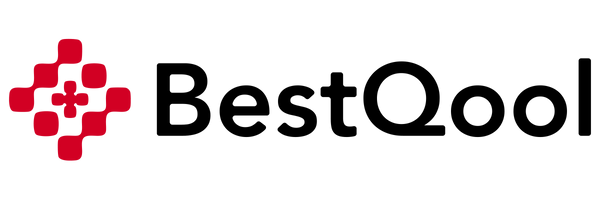


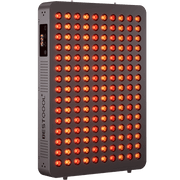
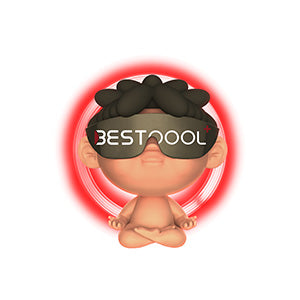








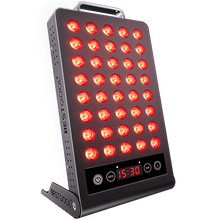
 Small
Small
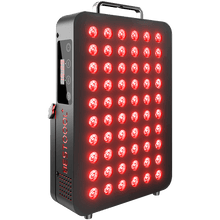
 Moderate
Moderate
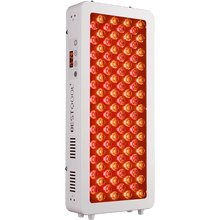
 Moderate
Moderate
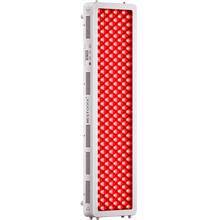
 Moderate
Moderate
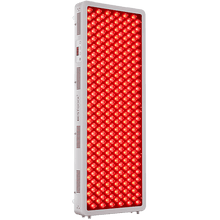
 Full
Full



